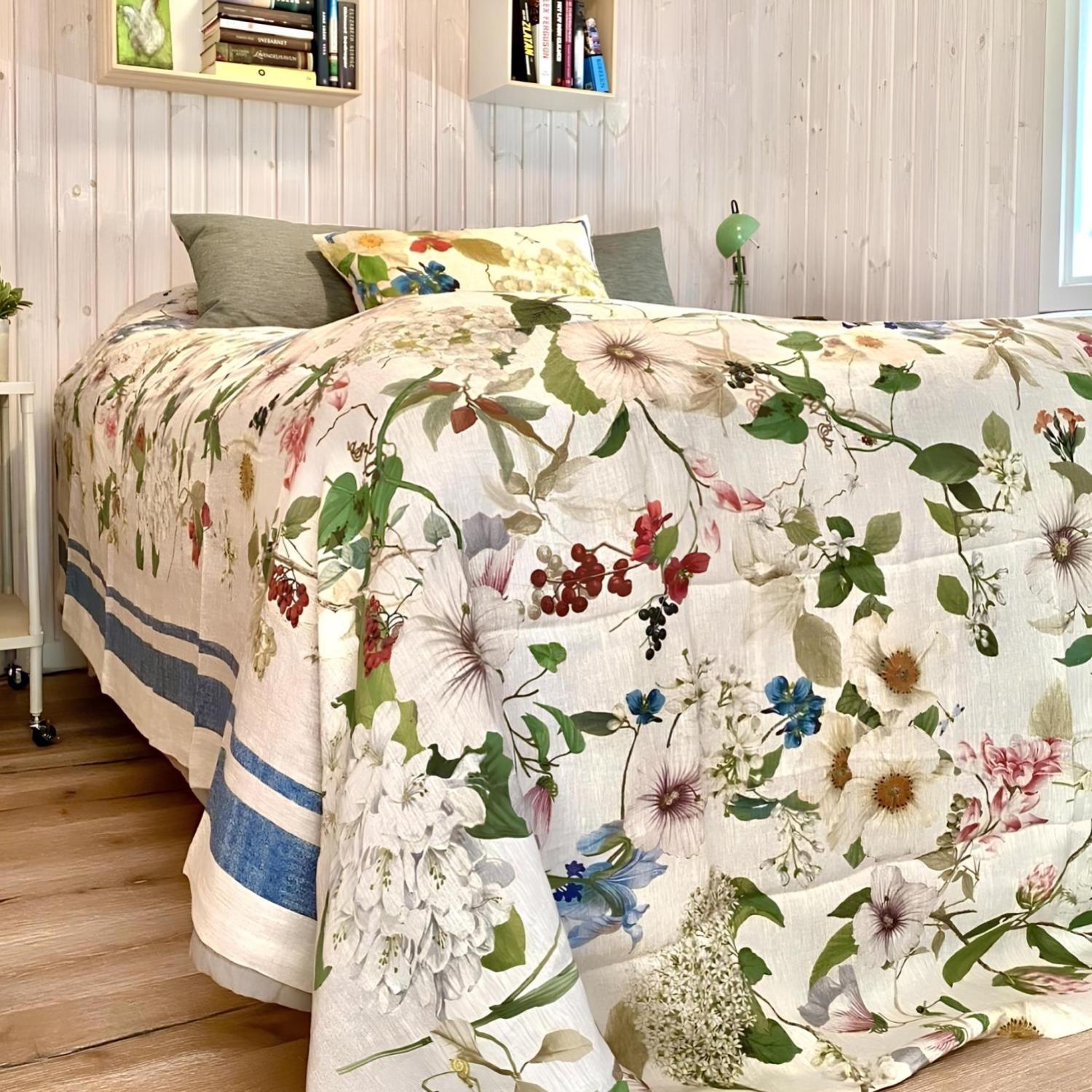
Enjoying Foodie
Tax excluded. Shipping calculated at checkout
If you choose this sample set, you will have all your senses stimulated. Wild peppers from Nepal and Tasmania, a real red pepper from Cambodia and a white and black pepper with unusual notes.
You get:
10g Kampot Rouge
10 g Sri Lanka Blanc
10 g Sri Lanka Noir
10 g Siltimur
5 g Tasmanian pepper
The peppers in "Enjoying foodie" harmonize well with red meat, fish of all kinds and fruity dishes and drinks.
Kampot pepper:
This pepper, which is one of the best in the world, has been cultivated in the Cambodian province of Kampot for centuries.
This spicy black pepper grows in the southern part of Kampot province, which lies between the southern foothills of the Elephant Mountains and the Gulf of Thailand.
Due to this special location - between the mountains and the sea - the pepper plant grows in particularly nutrient-rich soil and can therefore develop its full aroma. The Kampot Noir harvest takes place in the months of April to June.
Muntok pepper:
Originates from the Indonesian island of Bangka, not far from Sumatra, and is named after its port of export. It contains only about 1% essential oils, has less aroma and a cleaner spiciness than traditional black pepper.
Penja pepper:
Penja Blanc grows on volcanic soil, which is rich in minerals and thus gives the pepper its character. The pepper has a round, intensely spicy taste. In addition, the peppers are fully ripe. The taste is robust and powerful with a mineral aroma. It harmonizes with fish and shellfish, poultry, vegetables, orange and pear.
Thekkady Pepper:
Originates from the southwestern Indian region of Kerala. In Periyar National Park, ancient varieties of pepper that are threatened with extinction are nurtured and hand-picked by local people as part of a sustainable, ecological management system. These old varieties have a much higher proportion of essential oils than new hybrid peppers.
Timut pepper:
This pepper from Nepal is considered the Nepalese Szechuan pepper, which is not botanically related to black pepper (Piper nigrum) but to citrus plants.
The Timut pepper plant grows wild as a tree with dense leafy branches, where thorns of up to two centimeters make harvesting difficult, around 2,000 meters. After flowering in spring, red berries are formed that contain shiny black seeds.
Later, in autumn, the ripe berries are harvested by hand. Then the pickers, almost always women, carefully separate the harvested berries from other plant components, such as stems and leaves, by hand. The berries are then dried and the small black seed balls fall out of the shell. That's a good thing, because they taste bitter.
Indian mountain pepper:
Indian mountain pepper is hand-picked "single-origin" and the pepper is dried in the sun for a very long time.
This jungle pepper grows in a pepper plantation in the heights of the Western Ghats in southern India. The plantation has been run as a pure organic farm for over 20 years and places great emphasis on rich biodiversity. This farm has one of the highest rainfall in India.
Sri Lanka pepper:
Sri Lanka is world famous for its excellent spices and spice gardens.
The pepper has very beautiful brown berries with a lot of strength and substance. And it has a nice spiciness that tingles a little and lingers in the mouth for a long time. The pepper from Sri Lanka therefore harmonizes very well with beef, soups and sauces, dressings and ragouts.
In general
All product photos are real photos of the specific products. However, some photos have added interiors and surroundings created using artificial intelligence to create atmosphere and put the product into context.
Regarding Woodworks
We aim to continuously expand the catalog so that sizes and designs are best illustrated in the webshop.
There are not photos of all variants and sizes, so the photo that appears when choosing a variant in the webshop mainly reflects only the type of wood - not necessarily size or other variations in the design.
NOTE that we always try to create unique wooden products with an exciting visual expression. You must therefore take our product photos as a guide and not as a guarantee of how the finished product appears in terms of year drawings and color play.
Any questions?
If you have questions about the choice of design, sizes, colors or type of wood - or if you have special wishes, you are always very welcome to contact us at info@rune-jakobsen.dk and get your questions clarified before you order.
Choose options






